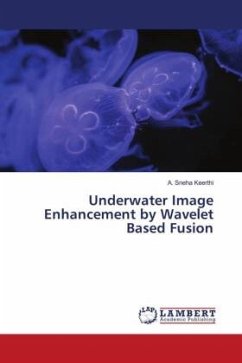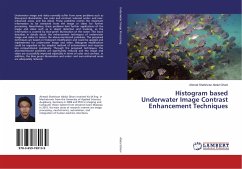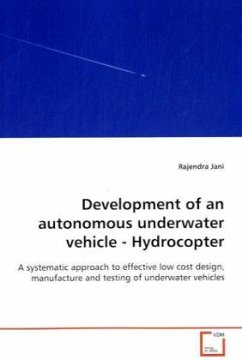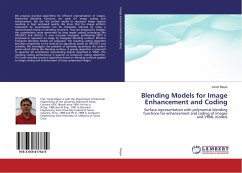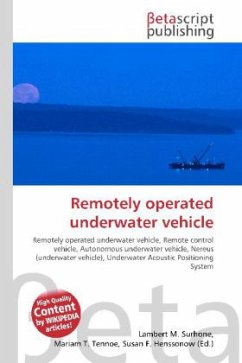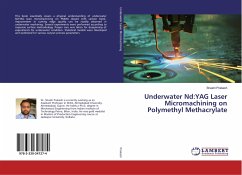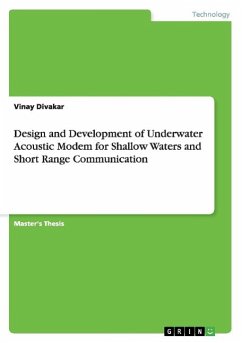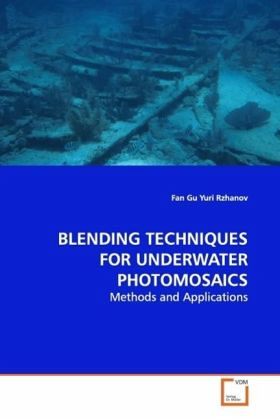
BLENDING TECHNIQUES FOR UNDERWATER PHOTOMOSAICS
Methods and Applications
Versandkostenfrei!
Versandfertig in 6-10 Tagen
32,99 €
inkl. MwSt.

PAYBACK Punkte
16 °P sammeln!
The creation of consistent underwater photomosaics istypically hampered by local misalignments andinhomogeneous illumination of the image frames, whichintroduce visible seams that complicatepost-processing of the mosaics for object recognitionand shape extraction. In this work, methods areproposed to improve blending techniques forunderwater photomosaics and the results are comparedwith traditional methods. Five specific techniquesdrawn from various areas of image processing,computer vision, and computer graphics have beentested: illumination correction based on the medianmosaic, thin-plate sp...
The creation of consistent underwater photomosaics is
typically hampered by local misalignments and
inhomogeneous illumination of the image frames, which
introduce visible seams that complicate
post-processing of the mosaics for object recognition
and shape extraction. In this work, methods are
proposed to improve blending techniques for
underwater photomosaics and the results are compared
with traditional methods. Five specific techniques
drawn from various areas of image processing,
computer vision, and computer graphics have been
tested: illumination correction based on the median
mosaic, thin-plate spline warping, perspective
warping, graph-cut applied in the gradient domain and
in the wavelet domain. A combination of the first two
methods yields globally homogeneous underwater
photomosaics with preserved continuous features.
Further improvements are obtained with the graph-cut
technique applied in the spatial domain.
typically hampered by local misalignments and
inhomogeneous illumination of the image frames, which
introduce visible seams that complicate
post-processing of the mosaics for object recognition
and shape extraction. In this work, methods are
proposed to improve blending techniques for
underwater photomosaics and the results are compared
with traditional methods. Five specific techniques
drawn from various areas of image processing,
computer vision, and computer graphics have been
tested: illumination correction based on the median
mosaic, thin-plate spline warping, perspective
warping, graph-cut applied in the gradient domain and
in the wavelet domain. A combination of the first two
methods yields globally homogeneous underwater
photomosaics with preserved continuous features.
Further improvements are obtained with the graph-cut
technique applied in the spatial domain.



